Episodes
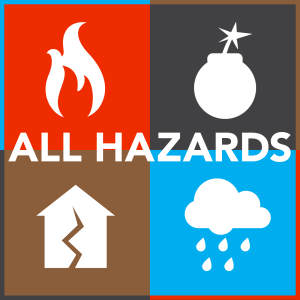
Friday Jul 28, 2023
Friday Jul 28, 2023
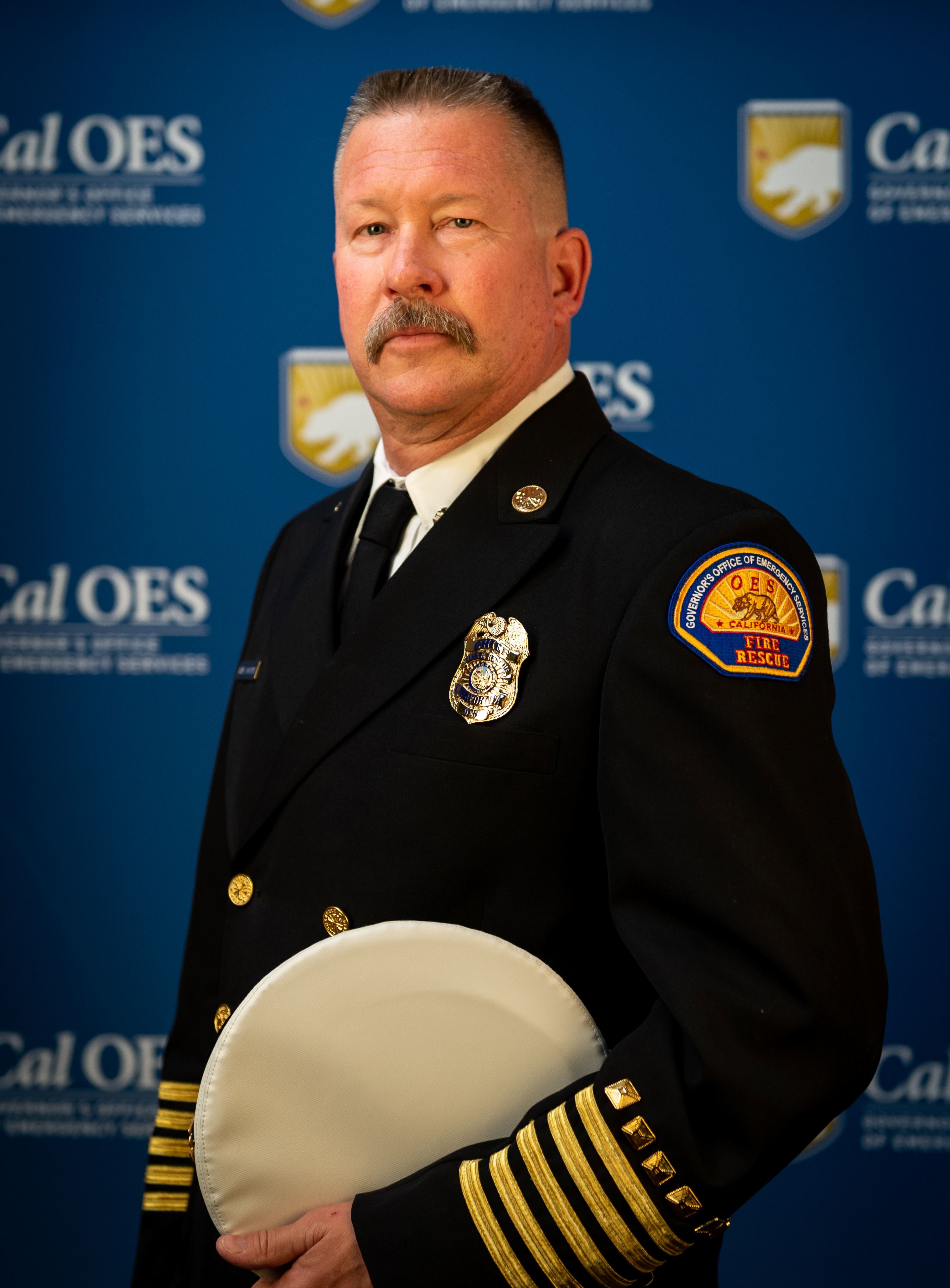
In this episode (#97) we talk with Cal OES Fire and Rescue Chief Brian Marshall. With an impressive 30 plus year background in emergency management, Chief Marshall has been serving with Cal OES since 2019.
With California heading into its peak fire season, our discussion with Chief Marshall couldn't have come at a more relevant time. He provided us with valuable insights into how Cal OES is meticulously preparing to ensure a safe and secure fire season for everyone in the state.
The episode takes you on a journey through Chief Marshall's remarkable career, which had its origins in Kern County. Over the course of 30 plus years in emergency management, he has gathered invaluable experience that led him to Cal OES.
Since taking up his role in 2019, Chief Marshall has been entrusted with overseeing the California Fire and Rescue Mutual Aid System. This critical system involves the strategic deployment of a vast fleet of over 270 fire engines across more than 60 local government partners, ready to respond to all-hazard events statewide.
During an incident, when local government fire agencies reach capacity, the mutual aid system brings in additional resources to help respond and keep communities safe.
LINKS

Tuesday Jan 29, 2019
Tuesday Jan 29, 2019
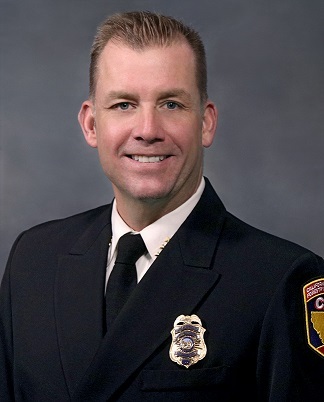 In this episode (# 57) we talk with Mike Mohler, Deputy Director of Communications for CALFIRE. In his current role, as well as his prior position as Battalion Chief at Southern Region, Mike has worked many of California’s biggest wildfire disasters, historical ones at that. He talks about why there is no longer a “fire season” and how wildfires really are different from those just a few years ago. He discusses the challenges fire agencies have with the numerous factors contributing to year-round fires including fuels, drought, tree mortality, climate change and wildland-urban interface. He also addresses wildland management, the importance of Firewise communities, local government and community engagement, defensible space and thinking completely differently in order to mitigate future deadly mega-fires, and so much more.
In this episode (# 57) we talk with Mike Mohler, Deputy Director of Communications for CALFIRE. In his current role, as well as his prior position as Battalion Chief at Southern Region, Mike has worked many of California’s biggest wildfire disasters, historical ones at that. He talks about why there is no longer a “fire season” and how wildfires really are different from those just a few years ago. He discusses the challenges fire agencies have with the numerous factors contributing to year-round fires including fuels, drought, tree mortality, climate change and wildland-urban interface. He also addresses wildland management, the importance of Firewise communities, local government and community engagement, defensible space and thinking completely differently in order to mitigate future deadly mega-fires, and so much more.
As mentioned, Mike Mohler is currently the Deputy Director, Communications, California Department of Forestry and Fire Protection. Mohler began his fire service career in 1991, as a reserve firefighter in Orange County, assigned to the heavy equipment and crew division.
While working as a reserve, he attended the Santa Ana College fire science program and worked full time as a firefighter for Boeing’s Aeronautics and Missile Systems Division in Anaheim. Mike began his career with CAL FIRE in the San Bernardino Unit as a Firefighter I in June 2000.
In May 2001, Mike promoted to Firefighter II in the Riverside Unit and in 2005, he promoted to Fire Apparatus Engineer. In 2010, Chief Mohler promoted to Fire Captain in the San Diego Unit. In 2015, he promoted to Battalion Chief at Southern Region, where he worked for the next 3 years supervising the Southern Region information and communications programs. Mike was vital in continuing to build the Department’s nontraditional media exposure with projects such as Netflix’s Fire Chasers and Extreme Weather with National Geographic which has showcased our department worldwide.
Chief Mohler participates on several statewide cadres and working groups, including S-420, CIMCI and AAIMS. He holds several qualifications, including Advanced All Hazard Incident Commander from the University of Texas A&M, and has been assigned to a CAL FIRE Incident Management Team for over 11 years. He currently holds a seat on FEMA’s advisory committee for response to large scale incidents. In addition to his Departmental assignments, Chief Mohler has also served as an Honor Guard member for over 17 years, honoring our fallen and supporting their families. Mike is currently enrolled in American Military University’s Emergency and Disaster Management program.
Links

Monday Oct 01, 2018
Podcast Episode 51: Yosemite National Park After the Ferguson Fire
Monday Oct 01, 2018
Monday Oct 01, 2018
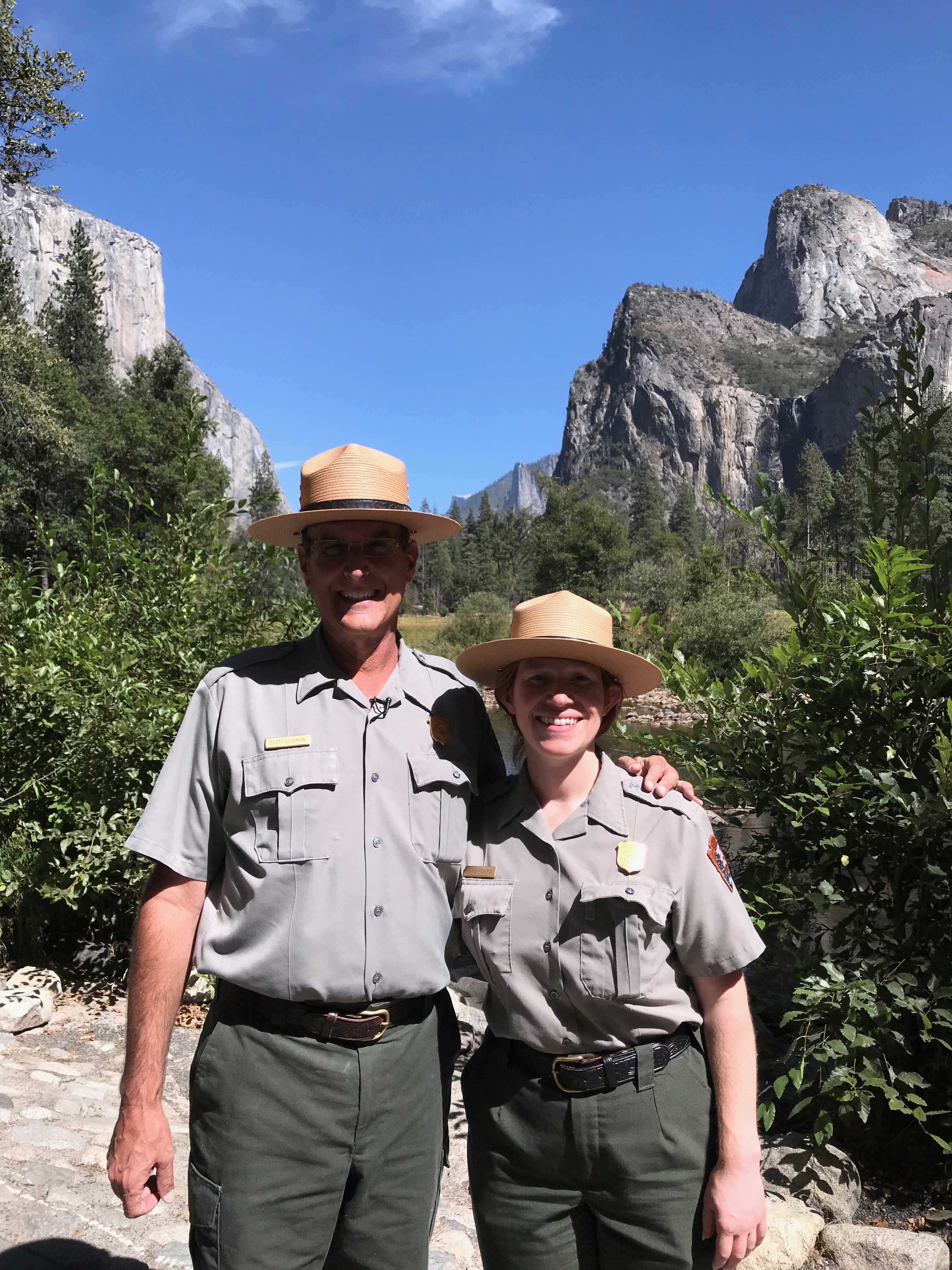
Yosemite National Park Rangers Scott Gediman and Jamie Richards
According to the national Park Service, Yosemite National Park was first protected in 1864 and is best known for its waterfalls, but within its nearly 1,200 square miles, you can find deep valleys, grand meadows, ancient giant sequoias and a vast wilderness area. Recently, Yosemite is also known for its wildfires, the Rim Fire in 2013 and the Ferguson Fire in July and August of 2018.
In this episode of All Hazards, Park Rangers Scott Gediman and Jamie Richards talk about how the Ferguson Fire impacted the park, challenged them as rangers and as public affairs officers, and how they fought perceptions that the entire park was closed when in fact it was open.
Links
Experience Yosemite National Park in Virtual Reality with President Obama
NPS YouTube: YosemiteNationalPark
Mr. President Goes to Yosemite

Tuesday Sep 19, 2017
Captain Pace Stokes Takes the Helm on the Ghost Ship Fire
Tuesday Sep 19, 2017
Tuesday Sep 19, 2017
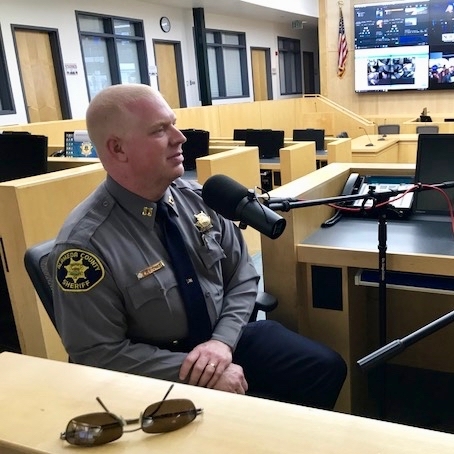
Captain Pace Stokes, Alameda County Office of Homeland Security and Emergency Services, sat down with Shawn Boyd at the Alameda County Emergency Operations Center in Dublin, California. Their recording session took place on day-1 of Urban Shield. For this year’s exercise Capt. Stokes was the deputy incident commander, where he said this was the first year that CERT was actively involved in the exercise and that there was a competitive element to their training. Capt. Stokes also talks about what helps him manage a large-scale training exercise like Urban Shield (there were 63 sites across five counties involved,) and about the ghost ship warehouse fire that killed 36 people on December 2, 2016 in Oakland.
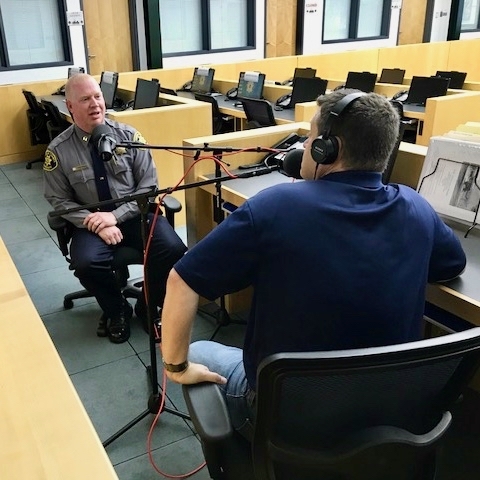
Links
Cal OES Video Blog on Urban Shield and CERT

Tuesday Jun 27, 2017
Lake Tahoe's Angora Fire Commemorated with 10 Year Anniversary
Tuesday Jun 27, 2017
Tuesday Jun 27, 2017
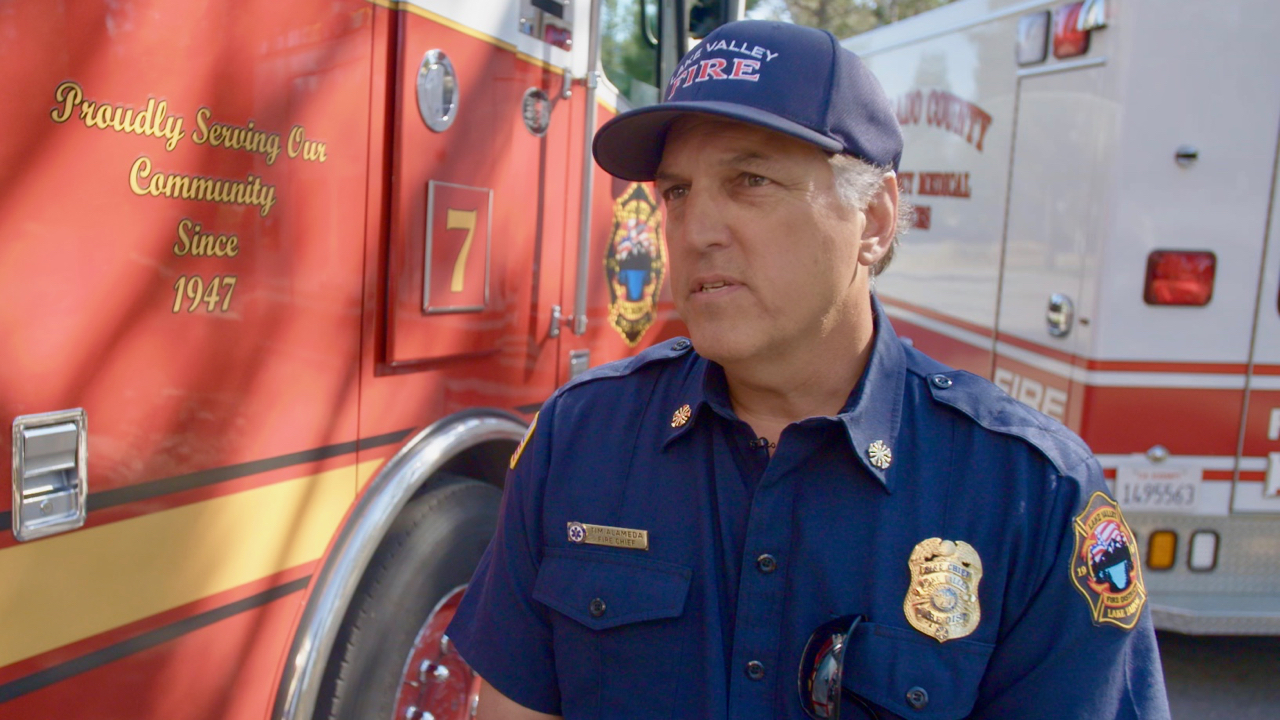
In this episode we travel to South Lake Tahoe to talk with Chief Tim Alameda of the Lake Valley Fire District. We caught up with him days before they commemorated the 10th anniversary of the Angora Fire.
According to an article in the Lake Tahoe News published September 13, 2016, "Alameda was a division chief and the fire marshal for North Tahoe Fire Protection District prior to joining the LVFD in 2016.
Alameda got his start as a firefighter reserve in Meyers in the 1980s. At that time is was a joint program between Lake Valley and South Lake Tahoe fire departments.
Starting in 1984 he spent 27 years with Reno Fire Department. He went from a rank and file firefighter to the chief.
In 2011, Alameda retired from Reno. North Tahoe recruited him to be a fire marshal. He took this job seriously – spending many a day walking around his jurisdiction, into businesses and talking to people. He was seeing where the hazards were, listened to concerns and helped educate people.
He rose to division chief and then took over Meeks Bay.
Those in the fire community call Alameda a true professional, forward thinker and good with personnel. Until the ink is dry, people were hesitant to go on the record about Alameda. The same goes for his current boss, Mike Schwartz.
Wildland fires are something Alameda is well aware of. He was president in 2015 of the Lake Tahoe Basin Fire Chief’s Association. The wildland urban interface is a constant issue for fire agencies when it comes to protecting the community from a blaze that starts in the forest.
While he didn’t lose a structure during the Angora Fire, a house he and his dad built on Boulder Mountain was destroyed.
Those 254 houses that burned in 2007 were part of that wildland urban interface.
As a kid, he spent many summer days fishing at Angora Lakes or hunting grouse in the area."
To read the entire article click here.
Links
The Angora Fire 10 Years Later: What have we learned? Field Trip & Symposium
Angora Fire Restoration Project

Tuesday Sep 20, 2016
Tuesday Sep 20, 2016
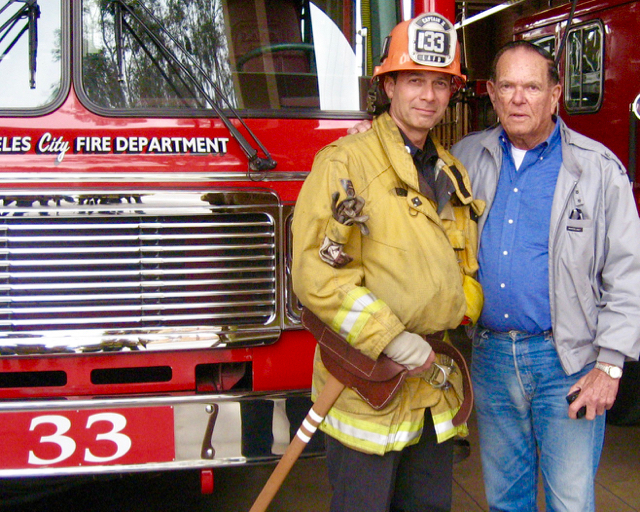
Photo: Photos:Los Angeles Fire Department Historical Archive

Tuesday Aug 09, 2016
Tuesday Aug 09, 2016
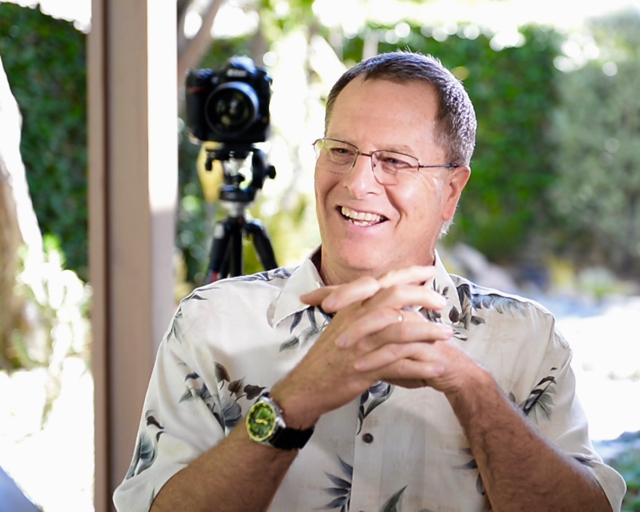

Tuesday Jul 12, 2016
Tuesday Jul 12, 2016

Links/Resources

Tuesday Jun 28, 2016
The Erskine Fire: Beyond the Lines
Tuesday Jun 28, 2016
Tuesday Jun 28, 2016
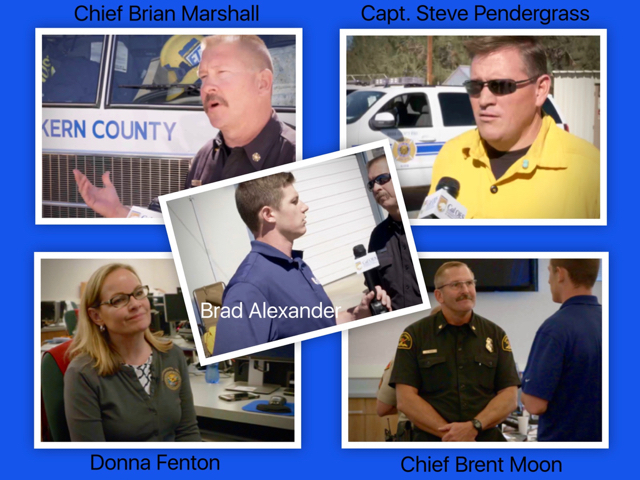 As of this publishing, crews continue to get a handle on the Erskine Fire in the Lake Isabella area of Kern County.
As of this publishing, crews continue to get a handle on the Erskine Fire in the Lake Isabella area of Kern County.
But as they do there are still concerns and challenges facing them -- hot, dry and windy weather; difficult terrain; safety for everyone involved including the public; and much more. At this point the response phase of the attack is slowly gearing down, and the recovery phase is gearing up.
LINKS

Tuesday Jun 14, 2016
Chargers' Stadium Became Home to Thousands of Fire Evacuees
Tuesday Jun 14, 2016
Tuesday Jun 14, 2016
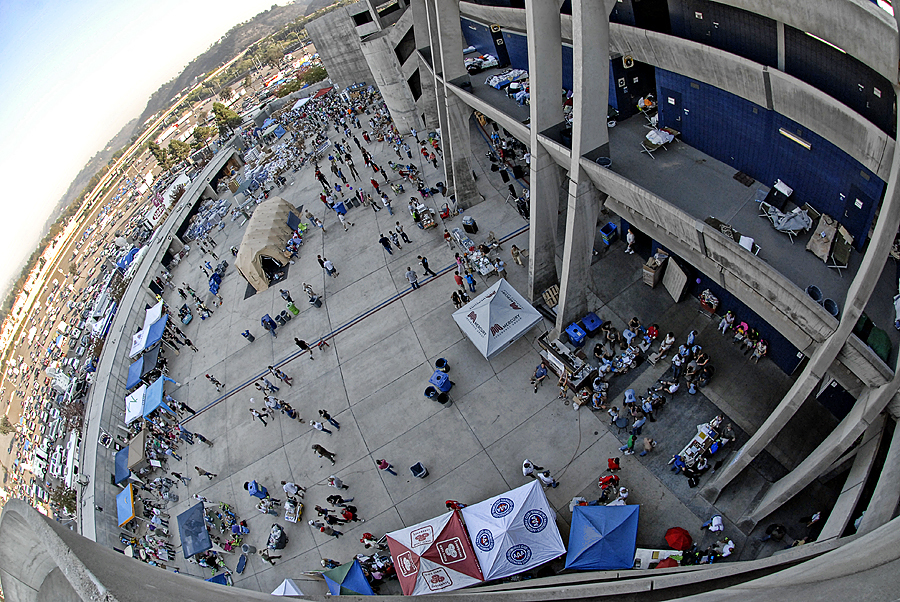 In late October 2007, Southern California experienced an unusually severe fire weather event characterized by intense, dry, gusty Santa Ana winds. This weather event drove a series of destructive wildfires that took a devastating toll on people, property, natural resources, and infrastructure. During this siege, 17 people lost their lives, 10 were killed by the fires outright, three were killed while evacuating, and 140 firefighters and an unknown number of civilians were injured. A total of 3,069 homes and other buildings were destroyed, and hundreds more were damaged.
In late October 2007, Southern California experienced an unusually severe fire weather event characterized by intense, dry, gusty Santa Ana winds. This weather event drove a series of destructive wildfires that took a devastating toll on people, property, natural resources, and infrastructure. During this siege, 17 people lost their lives, 10 were killed by the fires outright, three were killed while evacuating, and 140 firefighters and an unknown number of civilians were injured. A total of 3,069 homes and other buildings were destroyed, and hundreds more were damaged. 
